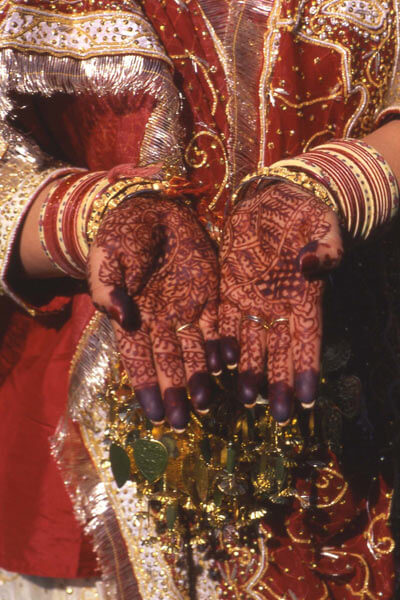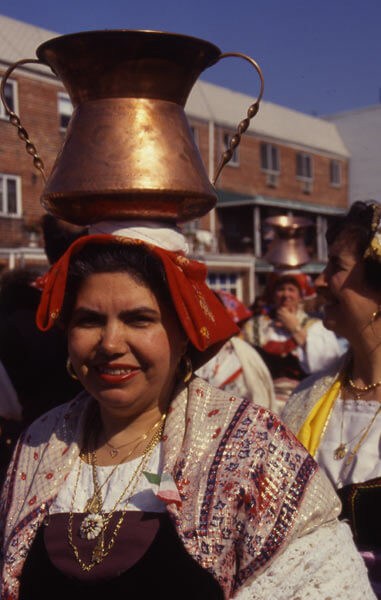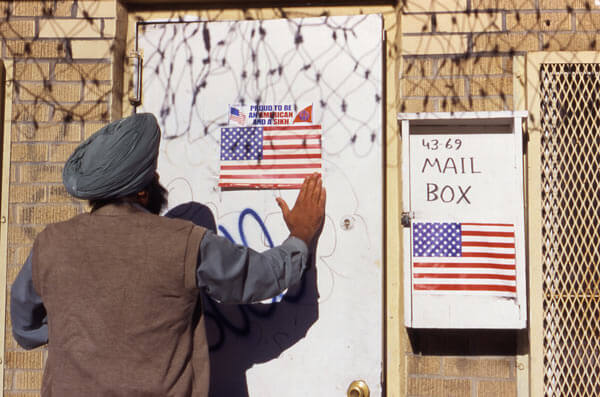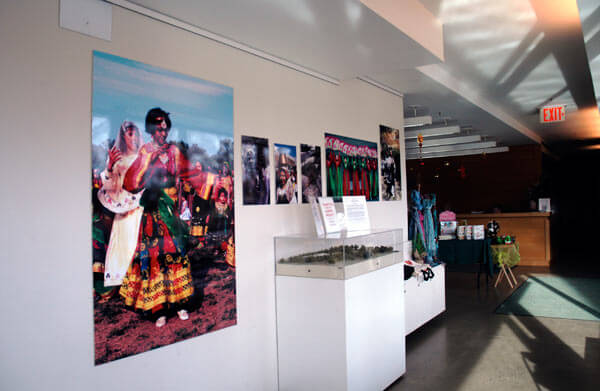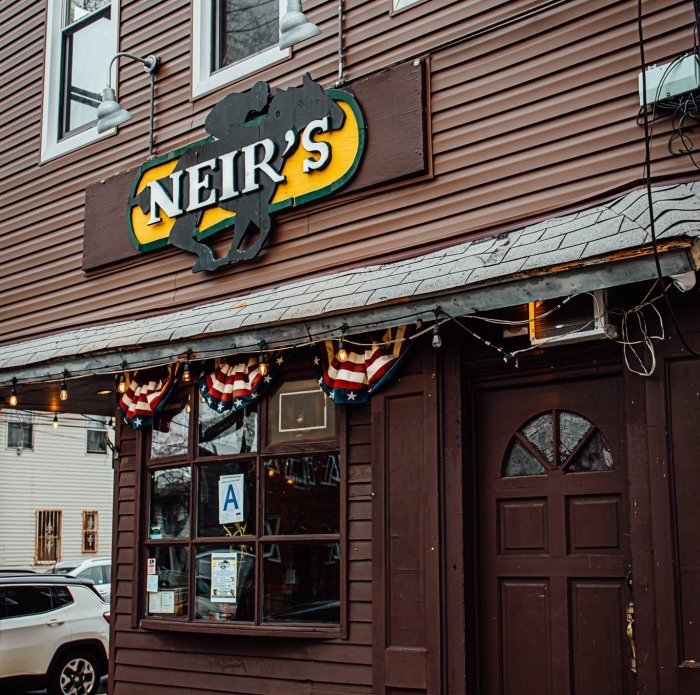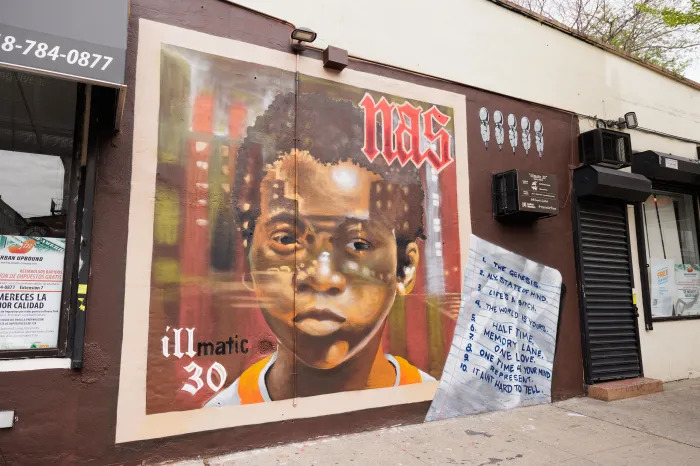By Tammy Scileppi
Adventurous photographer and former Queens resident Audrey Gottlieb whose best-known images of multicultural America have been exhibited at the Smithsonian, the Jewish Museum and Ellis Island Immigration Museum, describes photography as her life force.
“For some inexplicable reason, I have always been drawn to cultures and languages that have seemed more exotic than my own,” she said. “And, I was totally fixated on Queens — it was an obsession for 22 years.”
Entranced by our borough’s myriad nationalities and unique traditions, Gottlieb captured captivating images, chronicling celebrations, life events and costumes of immigrant groups who call Queens home.
A visual feast reflecting a “natural curiosity about the world in which we all live,” her kinetic exhibit — “Vignettes from The Queens Project” — is now on display through May 19, in the visitor and administration building gallery of the Queens Botanical Garden, 43-50 Main St., Flushing.
“Queens Botanical Garden is a place where plants, people and cultures meet — perfect for exhibiting colorful photographs of celebration in Queens,” said the artist.
This year, husband-and-wife team Ed and Joyce Morrill – both photographers – are guest curators at QBG. Collaborating with the venue, they’re presenting “The Invitational Series for Queens Artists” — four consecutive exhibitions. Gottlieb’s is the second in the series. From June through September, the Jamaica Estates Assocation Art Show “The Urge to Create” will feature photography, mixed media, sculpture and textile art.
“I knew Audrey and her Queens Project work from the days she lived in New York, and was a member, as am I, of Professional Women Photographers,” said Joyce Morrill. “She is a people person, warm and outgoing, and that is reflected in the genuine smiles and acceptance of her presence that her subjects share with us.”
A new wave of immigrants
In the mid-1980s, there was a tremendous influx of new nationalities and immigrants to Queens. “I was living in Astoria at the time, feeling at home among Greeks, Cypriots, Italians and Yugoslavs,” said Gottlieb. “Walking to my subway stop at 36th Avenue and Washington, I noticed new shops opening up with storefront signs in Arabic, Urdu and Korean. Local Egyptians built a mosque nearby, living side-by-side with Brazilians and Bangladeshis.”
Most of Gottlieb’s seminal work was done in Queens between 1985 and 1995, during leave from her United Nations job. Returning from a photo shoot in war-torn Mogadishu to the comfort of her Flushing apartment, she said she became aware of the influx of the Asian population in her (formerly, mostly Jewish) neighborhood. With her Nikon camera at the ready, she accompanied folklorists from the Queens Council on the Arts, who were documenting Queens’ folk life. “We sought out sanctuaries — temples, mosques and supermarkets — many of which had been recycled from previous places of worship to the new ones. Even a former supermarket on Corona Avenue in Elmhurst was converted into a Hindu temple.
“I foresaw the transformation of Queens from a Manhattan-centric infrastructure to shades of hometown storefronts and dwellings. So I documented the evanescent waterfront railroad tracks, gantries and social clubs in Italian-bound Hunters Point, the start-to-finish construction of the Citicorp building at Court Square, the 50th anniversary of the Triboro Bridge, the refurbishing of the old Kaufman Astoria Studios. And many more scenes that are gone forever, including cigarette ads on giant billboards overhanging elevated train stations.
“Then, people began walking into my pictures, not the other way around. In my meanderings around Queens, I learned about the work of photographer/reformer Jacob Riis, who has had a subconscious influence on my work.”
A third generation American, Gottlieb’s paternal grandparents arrived in the late 1800s from Hungary, and entered Newark, N.J. through Ellis Island. “They never talked about the old country. Perhaps that’s why I’m so curious about the trials and tribulations of other cultures.”
Oddly enough, she rarely took pictures of her family’s celebrations: “Isn’t it funny? I don’t consider myself an event photographer, and yet, look — that’s exactly what I do.”
“Melting pot” or “great mosaic”?
“What I’ve witnessed is that most newcomers try to hold on to their ancient traditions and struggle to keep their youth in touch with native language and culture.
“I often dub Queens, ‘The Big Pizza,’ because it’s made up of many slices, with many spices, condiments, sizes, shapes and colors.”
Constantly in search of a new project, the artist, who grew up on a 40-acre chicken farm in Allenwood, N.J. — “a totally antithetical environment to that of Queens” — now lives in York, Maine and sells her “National Treasures” postcards depicting landscapes and nature scenes. She was inspired to create a book.
Morrill describes the turnout at the exhibit as “enthusiastic. This is the time of year when the outer garden is quiet, so it’s an extra boon to visitors to have a visual adventure inside, where it’s warm and equally beautiful.”
Even though she has captured images from around the world, the artist has the world to photograph right here in Queens: “From falafel shops in Kew Gardens Hills to Peruvian Inca Cola drinks to masala dosa nuts to lucky Chinese bamboo plants to Korean stone beds to Mexican tamales to Russian caviar to Afghan breads — and it’s continuing — no end in sight,” she said.
Gottlieb will discuss her work and present additional images for the Queens Project at the Queens Botanical Garden Visitor Center on May 19 from 1 p.m. to 2:30 p.m.
IF YOU GO
Queens Botanical Garden
43-50 Main St., Flushing
Daily through Saturday, May 19
www.queensbotanical.org
(718) 539-5296

